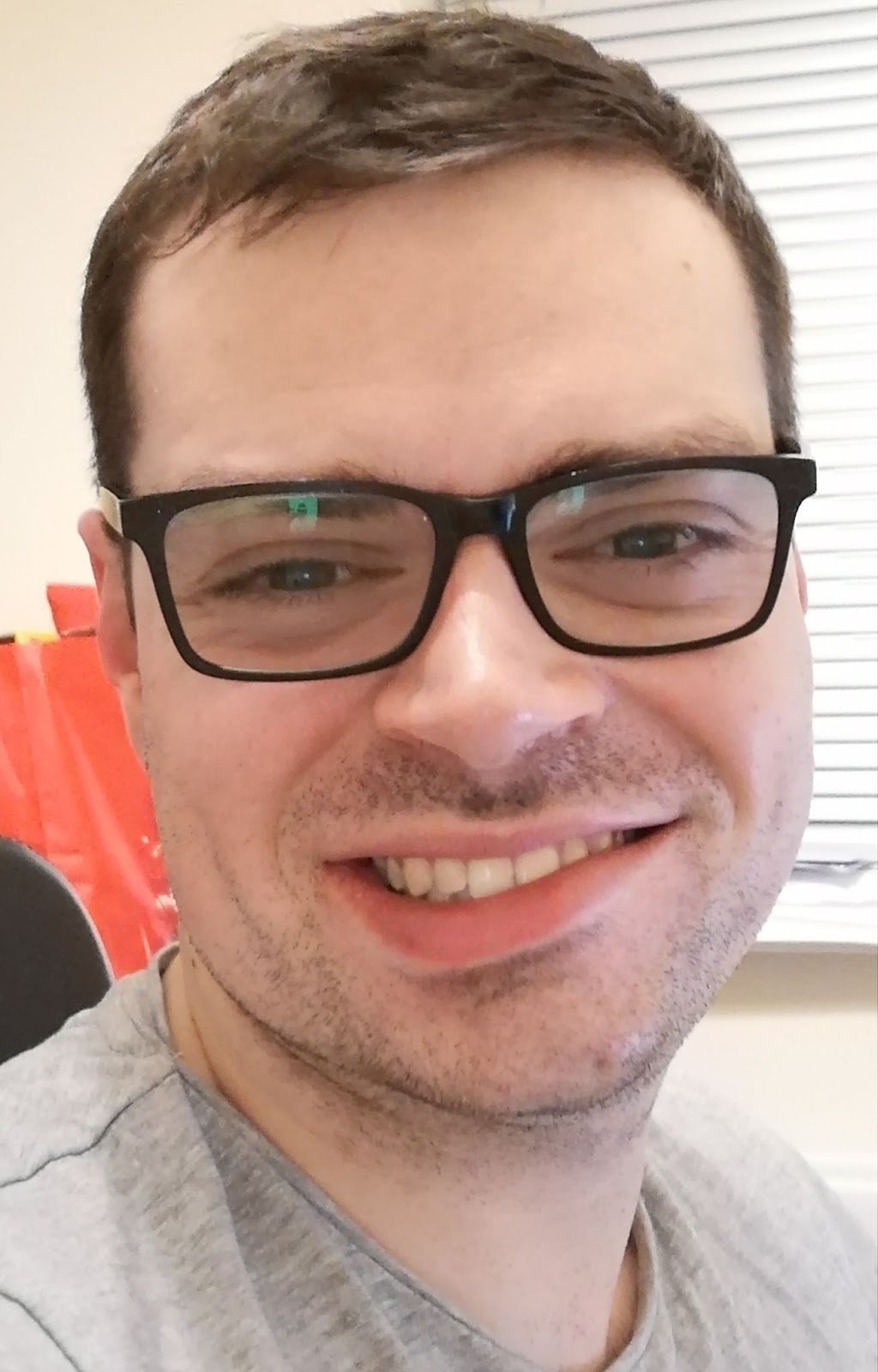The Operating System
What does the Operating System do?
- Managing Files:
-
- The file manager controls all of the different files on the system, e.g. text files, graphic files, and program files. It controls file permissions such as the user's ability to see or open a file, write a file or delete a file.It helps to organise and control files so that they are as easy to use as possible for the user. It can help to protect the user from accidental mistakes too
- The file manager controls all of the different files on the system, e.g. text files, graphic files, and program files. It controls file permissions such as the user's ability to see or open a file, write a file or delete a file.It helps to organise and control files so that they are as easy to use as possible for the user. It can help to protect the user from accidental mistakes too
- Handling Interrupts:
- An interrupt is a signal from a device or software to the processor. This will stop the processor temporarily from fulfilling this request immediately, some examples could be:
- Software errors - e.g. files not found, or software not responding
- The user initiating Ctrl Alt Delete to lock, log off etc
- Files stop copying as the name of the file is already in the folder
-
- Once this interrupt is received by the CPU it either carries on or completes the action desired
- Whenever an interrupt is initiated the status of this task is saved to the interrupt service routine.
- Once the interruption has been completed the system continues back to normal before the interruption even happened
- Providing an Interface:
-
- Users must interact with the operating system through a user interface. The user interface is a system which converts what the user inputs to a form that the computer can understand and vice versa
- Many computer or database operating systems use complex programming languages which are not easy to use
- A user interface is created to allow easier control of the operating system by the system user. A good interface should be easy to use
- e.g.: consistent menu structures; consistent operations from actions like clicking the right mouse button
- Managing Peripherals and Drivers:
-
- The overall intention of this is to handle all the devices that are connected to the computer system. This includes input devices such as a keyboard and mouse, it also includes output devices such as a monitor and printer
- It communicates with the devices through software called drivers. These translate the instructions by the device manager into one the devices can understand Peripherals like a mouse, keyboard and printer all need drivers so that they can communicate with the software
- Managing Memory:
-
- Memory management is in charge of the RAM. Programs use RAM throughout their operation. Some programs will be large and complex and use the RAM extensively whereas some are very small programs and won’t use it as much
- Memory management checks all requests from programs are valid and allocates accordingly. It will deallocate space and swap out data to virtual memory. It will ensure overall that different programs can be open at the same time
- Manage Multitasking:
-
- Multitasking allows for software tasks to be completed at the same time to ensure multiple elements can be completed immediately, it uses a system called time slicing which splits different tasks into small segments
- They can all be run one after the other, giving the element of multiple tasks being completed at the same time, instead of waiting for one operation to complete before moving on to the next task
- Providing a Platform for Running Applications:
-
- Application programs and the hardware will communicate through a system within the operating system called an application programs interface(API)
- This API is a library interface which will share data between software to allow elements to process
- If any application is installed on the system, the Operating System will manage this process, it will allocate memory space and will control the application's data or devices, user access will also be managed
- Providing a System Security:
-
- System security is just about how the operating system can stay protected and ensure that elements are monitored and actioned to ensure the system is secure. Some areas of security are:
-
-
- Creating/Deleting users for the system
- Providing access level rights, e.g. administrator rights over installing, modifying a system or accessing files or folders. This is compared to standard rights of just accessing and using software/files on the system.
- Auditing - this is keeping a log of file edits, deleted files, creation of files etc
- Protecting from threats, viruses, worms, malware or remote hacker attacks
- Security updates to fix patches in the operating system
-
- Managing User Accounts:
-
- Each user is provided with an account for access to the system. They will be provided with their username and then will need to create a password based on rules set out initially
- Each account will then be granted different levels of access, dependent on needs and level of security. This will also monitor login activity and even log users out if they have been inactive for a while


